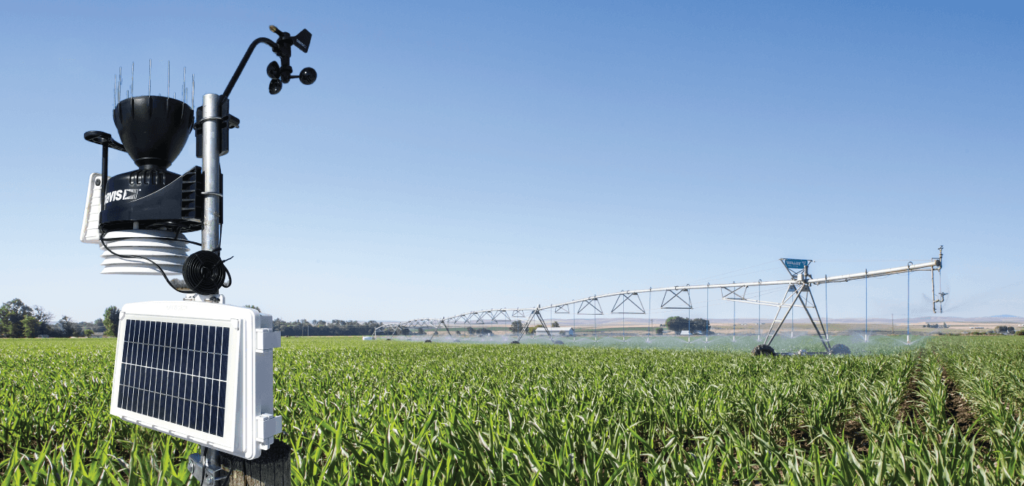
As technology continues to advance, the agriculture industry is not being left behind. In recent years, the introduction of remote irrigation devices has revolutionized the way farmers water their crops. These devices make it possible for farmers to remotely monitor and control their irrigation systems, leading to increased efficiency, reduced water usage, and ultimately higher crop yields. In this article, we will explore the future of farming with remote irrigation devices and the impact they are having on the agriculture industry.
The Benefits of Remote Irrigation Devices
Increased Efficiency
- Remote irrigation devices allow farmers to monitor and control their irrigation systems from anywhere, at any time.
- Farmers can adjust watering schedules and amounts based on real-time data and weather conditions, leading to more efficient water usage.
- This increased efficiency not only saves water but also reduces energy costs associated with irrigation.
Improved Crop Yields
- By ensuring crops receive the right amount of water at the right time, remote irrigation devices help optimize growth and increase yields.
- Farmers can minimize water stress on plants, leading to healthier crops and higher quality produce.
- Consistent and precise watering can also help reduce the risk of disease and pest infestations.
The Future of Farming
Smart Farming Practices
- Remote irrigation devices are just one example of the trend towards smart farming practices that utilize technology to improve efficiency and sustainability.
- Integration of IoT (Internet of Things) technology in agriculture allows for data-driven decision-making and automation of tasks.
- Future advancements may include predictive analytics for even more precise irrigation and crop management.
Sustainability and Conservation
- With water scarcity becoming an increasingly pressing issue, the conservation of water resources is essential for the future of agriculture.
- Remote irrigation devices help farmers reduce water wastage and ensure that water is used more sustainably.
- By adopting these technologies, farmers can contribute to conservation efforts and meet sustainability goals.
Challenges and Considerations
Initial Investment Costs
- While remote irrigation devices offer long-term cost savings, the initial investment can be a barrier for some farmers.
- Government incentives and subsidies may help offset these costs and encourage adoption of new technologies.
Technical Skills and Support
- Implementing and managing remote irrigation systems may require technical skills that some farmers may not possess.
- Training programs and support services can help farmers overcome this challenge and maximize the benefits of remote irrigation devices.
Conclusion
Remote irrigation devices are transforming the agriculture industry, offering farmers a way to improve efficiency, increase crop yields, and contribute to sustainability efforts. As technology continues to evolve, the future of farming looks promising with the integration of smart farming practices and IoT technologies. While there are challenges to overcome, the benefits of remote irrigation devices far outweigh the costs, making them a valuable investment for the future of agriculture.